Using RabbitMQ 3.7.16, with spring-amqp 2.2.3.RELEASE.
Multiple clients publish messages to the DataExchange topic exchange in our RabbitMQ server, using a unique routing key. In the absence of any bindings, the exchange will route all the messaged to the data.queue.generic through the AE.
When a certain client (client ID 1 and 2 in the diagram) publishes lots of messages, in order to scale the consumption of their messages independently from other clients, we are starting consumers and assign them to only handle a their client ID. To achieve this, each client-consumer is defining a new queue, and it binds it to the topic exchange with the routing key events.<clientID>.
So scaling up is covered and works well.
Now when the messages rate for this client goes down, we would like to also scale down its consumers, up to the point of removing all of them. The intention is to then have all those messages being routed to the GenericExchange, where there's a pool of generic consumers taking care of them.
The problem is that if I delete data.queue.2 (in order to remove its binding which will lead to new messages being routed to the GenericExchange) all its pending messages will be lost.
Here's a simplified architecture view:
It would be an acceptable solution to let the messages expire with a TTL in the client queue, and then dead letter them to the generic exchange, but then I also need to stop the topic exchange from routing new messages to this "dying" queue.
So what options do I have to stop the topic exchange from routing messages to the client queue where now there's no consumer connected to it?
Or to explore another path - how to dead letter messages in a deleted/expired queue?
